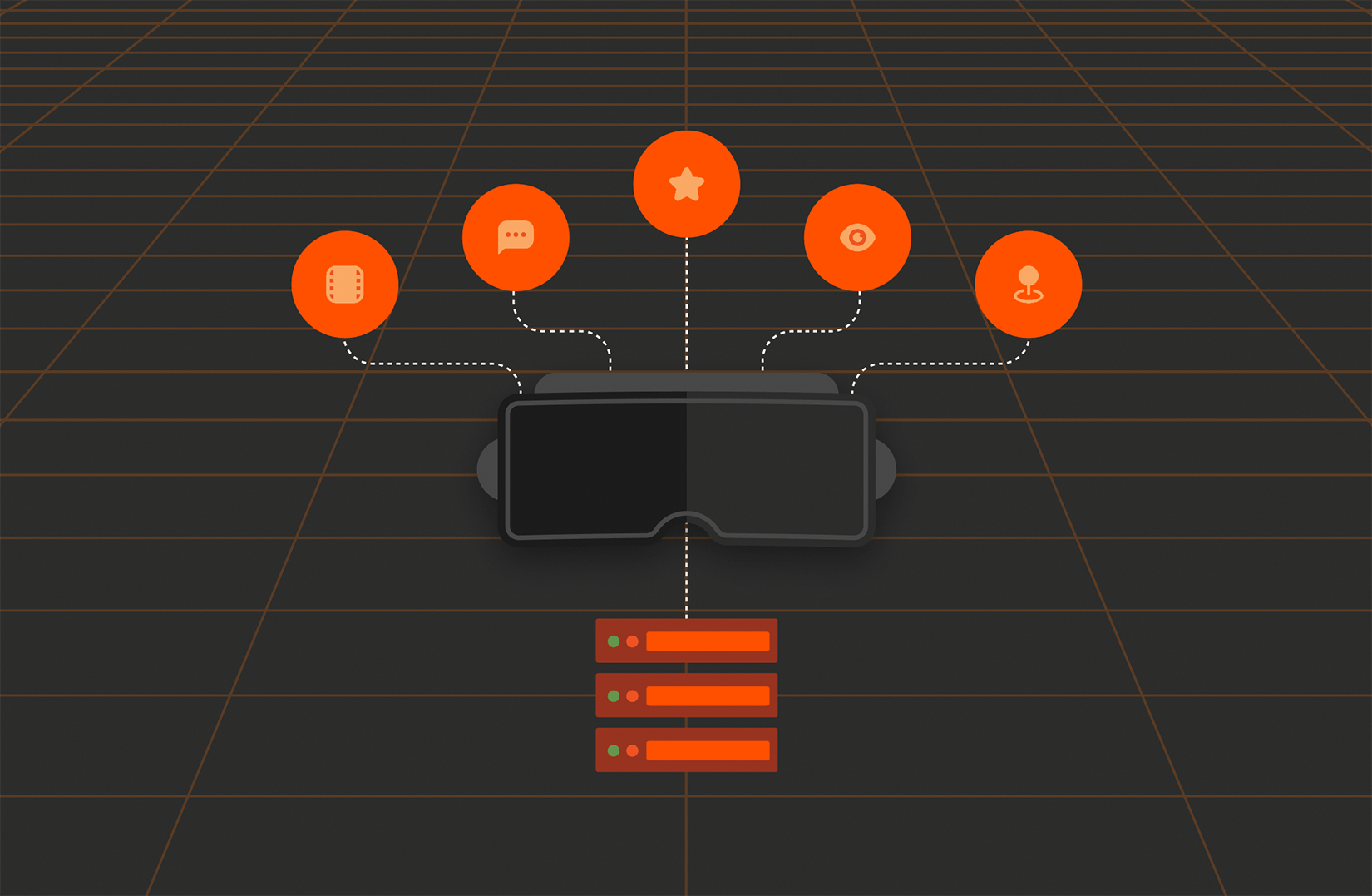Technology is advancing at an extraordinary pace. Once only existing in science fiction, virtual reality (VR), augmented reality (AR), and mixed reality (MR) technologies have become an important consideration in today’s digital transformation initiatives.
As these extended reality (XR) technologies continue to advance, the opportunities that their applications offer are growing and becoming more valuable. But with these incredible, data-intensive innovations comes the need to consider the vast amount of data that they can produce—and how to store it.
What Is XR—and Why Is It Important?
XR is a broad term that includes a range of technologies that are starting to shape an immersive, interconnected 3D world. XR encompasses VR, AR, and MR technologies which will eventually converge into a single, seamless digital experience. Collectively, their promise is fueling once-unimaginable possibilities with the potential to transform how we shop, learn, and interact with each other.
In the realm of education, for example, XR presents valuable opportunities to bring subjects to life for students.This could mean everything from providing fun, engaging, and interactive learning experiences for preschoolers to enabling medical students to look inside the human body and practice advanced surgical techniques before starting real-world training experiences.
For businesses, XR is providing new ways to engage customers, share content, and even increase worker productivity and performance. It is fast-becoming a powerful new channel for brands to drive training, design, development, and marketing processes.
What about the Metaverse?
Coined in 1992 by author Neal Stephenson in his sci-fi-novel Snow Crash, the term “metaverse” rose to common vernacular in 2021 when Facebook rebranded its corporate identity to Meta. This shift came with announced plans that the company would be investing heavily in the concept of the metaverse. Many other tech giants have followed suit, making significant investments to help pioneer this next iteration of the internet.
This new frontier continues to grow as an online world that has been described as a combination of multiple elements of technology where users live within a digital universe. Some of the world’s leading brands, including Disney, Nike, and Coca-Cola, are already engaging with their audiences in the metaverse. Even luxury brand Louis Vuitton recognizes its immense potential and is now offering virtual fashion experiences in the metaverse that enable users to virtually try on clothing and accessories and attend its once exclusive fashion shows.
While still in its infancy, XR is also shaping up to be an important sandbox for businesses to evolve campaigns and how they distribute content. This not only includes a metaverse of real-virtual experiences but also Web 3.0 (aka “Web3”), built on blockchain technology where people control their own data and bounce around from social media to email to shopping using a single personalized account.
Why (and How) Is XR Taking Off?
Leading technology companies are racing in a multitude of ways to build and own a share of the metaverse. For example, Facebook is demonstrating its commitment to helping bring the metaverse to life by developing a haptic feedback glove to add touch sensations in AR and VR environments in the metaverse.
But the exponential spending on XR marketing that’s expected isn’t all because of the new metaverse “space race.” Industry 4.0 and the digital transformation trend are key factors, too. The XR market is projected to hit $333.16 billion by 2025, up from $42.55 billion in 2020. The VR and AR market will also keep growing, reaching sales of 71 million devices in 2025—up from 11 million in 2021. And enterprise adoption of AR is expected to increase 66% per year through 2026.
These stats are notable but not shocking. People are becoming increasingly comfortable interacting in virtual worlds in everyday life and work.
Education, healthcare, retail, and real estate are all using, or planning to use, some form of XR for training and development opportunities, enhanced workforce collaboration, or customer experiences. Leading companies like Amazon, Boeing, Walmart, and UPS are using AR and VR for worker education and training programs. And now that 5G, cloud, and edge computing are commonplace, XR is rapidly going mainstream.
How XR Marketing Consumes and Integrates with Data-intensive Resources
XR technologies are already demonstrating their tremendous potential, but they do require a lot of data. And XR developers are employing other technologies that have a voracious appetite for data, too, including:
- 5G networks: XR will continue to evolve as 5G networks advance. Futurist Bernard Marr notes that the benefits of 5G for XR “aren’t just faster data transmission, but the possibility of different types of data and services . . . needed to run XR, making wireless and cloud-based VR and AR a possibility.”
- Machine learning (ML): Artificial intelligence (AI) and ML algorithms are used to generate content in VR games automatically, known as “procedural content generation.”
- IoT: Energy, manufacturing, law enforcement, and military organizations have integrated AR and the Internet of Things (IoT) for applications ranging from predictive maintenance to surveillance.
- Neural networks: Immersive, AR- and VR-assisted 3D data visualizations can take data storytelling to the next level. The Stanford Computational Imaging Lab has developed algorithms using neural networks to create a “neural holography system” that creates realistic-looking, high-quality AR and VR visuals.
The Catch: Outdated Infrastructures Can’t Support XR Marketing
The quality of XR experiences will rise with faster access to data and lower latency, and the shift to 5G will mean more bandwidth for streaming, more reliable connectivity, and the ability to deliver engaging experiences to users in more places.
XR innovation now requires a shift to modern data solutions that can scale to meet growing and evolving data demands. Simply put, XR technologies use massive amounts of data, requiring companies to rethink their storage if they want to deliver optimal XR experiences to users today—and, more importantly, tomorrow. Even the internet will need a new architectural model to support the metaverse with a reportedly 1,000-fold improvement necessary on the computational infrastructure we have today.
Your organization may not need to support the metaverse yet. But if you want your business to engage in the future of XR, moving from legacy infrastructure to a modern data platform may be a significant step toward reaping the valuable opportunities that XR has to offer.
Your Unstructured Data Solution
Learn why FlashBlade//S is the last scale-out solution that you will ever need for your business.








